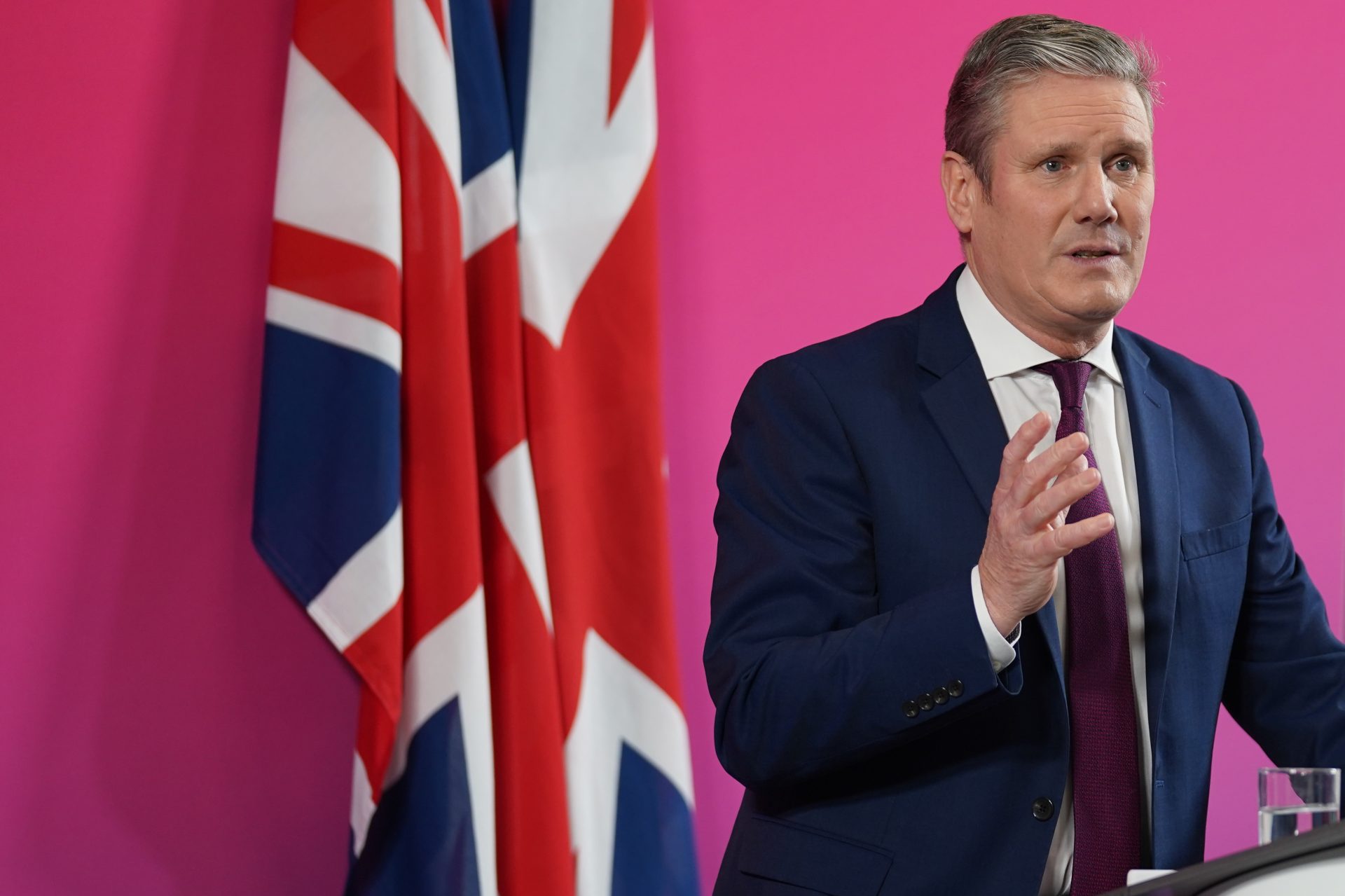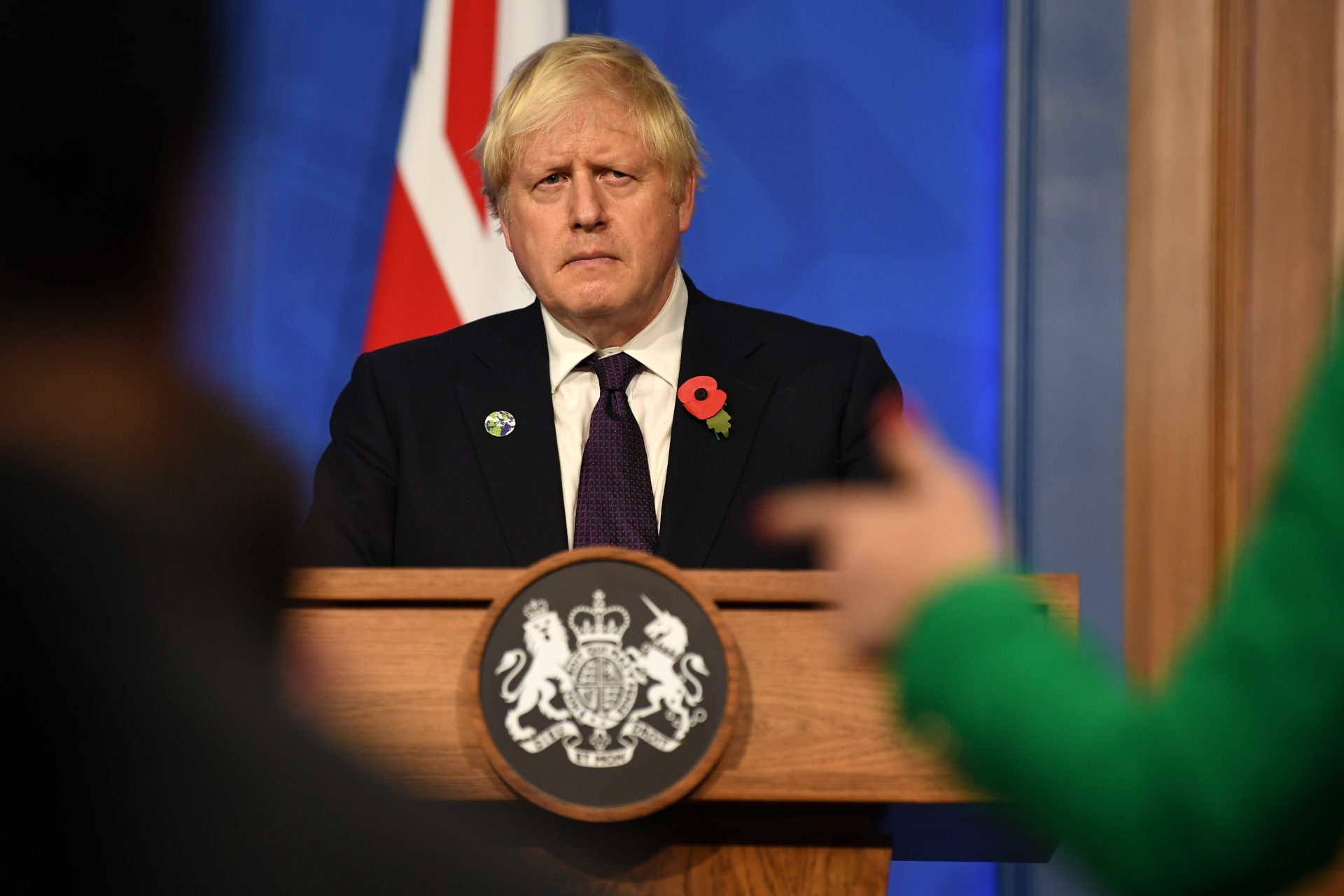In the late 1950s, Roland Barthes was handed a copy of Paris Match at the barber’s. While he waited for his trim, he checked out the magazine. Like Jean-Paul Sartre, who easily found inspiration in an aperitif or in the ‘dance’ of a waiter, Barthes could wax philosophical about almost anything.
His book Mythologies (1957) collected some of his best articles from the magazine Les Lettres Nouvelles. There, he dissected the complex meanings of ‘texts’ that ranged from Greta Garbo’s face to a wrestling match. But on this visit to the barber, the cover photograph caught his eye.
A young Black man in uniform was saluting, his eyes uplifted, seeming to look at a flag which was out of shot. This, in Barthes’ terms, was the signifier, and at one level what was signified was simply a man saluting a flag. But the philosopher couldn’t resist going deeper.
He started decoding the image.
For him, it signified that France was a great empire, faithfully served by her sons without any discrimination. This soldier’s respect for the flag was somehow meant to show that colonialism was greeted with gratitude and loyalty.
As a portrayal of attitudes to French colonialism in the 1950s, this was, of course, a myth. But this use of the photograph, by suggesting enthusiasm, seemed to make this attitude natural and normal – just the way things were.
At one level the Union flag, like the French tricolore, is itself a signifier. It labels something or someone as British. The flag, morphed into the head of a lion, is the Team GB logo. But flags very rarely operate just on that straightforward level of identification, and the Union flag carries with it a wide range of connotations, some good and others not.
As with all signs, the meaning is largely determined by what we do with it. Words and images only make sense to us when we appreciate their context, what the communicator implies, and what they expect us to understand by that.
Displays of American flags in the months after 9/11 had a very different meaning from those that were put out before then.
As Ludwig Wittgenstein declared, “In most cases, the meaning of a word is its use.” This applies to the meaning of images too. But at the same time, familiar words and images carry baggage with them that can complicate how they are interpreted.
In a military context, raising and lowering flags can celebrate sacrifice and service in defence of British values. But in the 1970s, National Front supporters used the same flag to signal their racism and belief in a myth of racial purity.
Monarchists proudly wave Union flags whenever the royal family appears, to demonstrate their loyalty. Brexit supporters flew Union flags in the lead-up to the referendum as a defiant rejection of Europe.
So how to decode Keir Starmer’s recent use of the flag? An outsized Union flag behind a Labour politician during television broadcasts looks, at first glance, like an incongruous prop. We can’t ignore it.
Sometimes its awkward presence almost drowns out what he is saying. But is that just an initial reaction? Will it eventually just seem normal?
The basic intention is to imply patriotism, of course, using a kind of visual rhetoric. This could be part of a clever plan to out-patriot Tories, some of whom only sport Union flag lapel badges, despite probably having flagpoles in their front gardens.
Perhaps the idea is to make it easier for right-of-centre voters to justify swinging to Labour and to dispel lingering fears that the party has strong ties to international socialism.
This could be an effective pre-emptive move as it is difficult to imagine Conservative leaders wheeling in even larger Union flags in response – that would just look ridiculous.
But mere patriotism-signalling is unlikely to work at a deeper level when we don’t really know what this patriotism involves. We need a serious discussion about which British values are worth preserving and celebrating, and which we should bury for good.
You can’t shrug off the uglier connotations of the Union flag just by featuring it in the background. It’s going to have to be brought into the political foreground.
Not that meanings are fixed for all time. Change can happen. Old connotations can be replaced with new ones.
In the 1970s, “queer” was a term of abuse, but now is used with pride. Perhaps there is hope for the Union flag too. But we’re not there yet.



